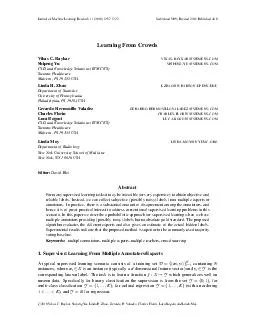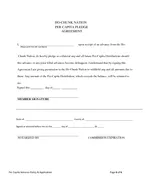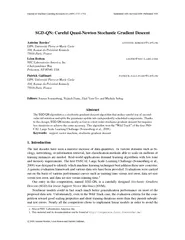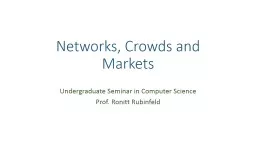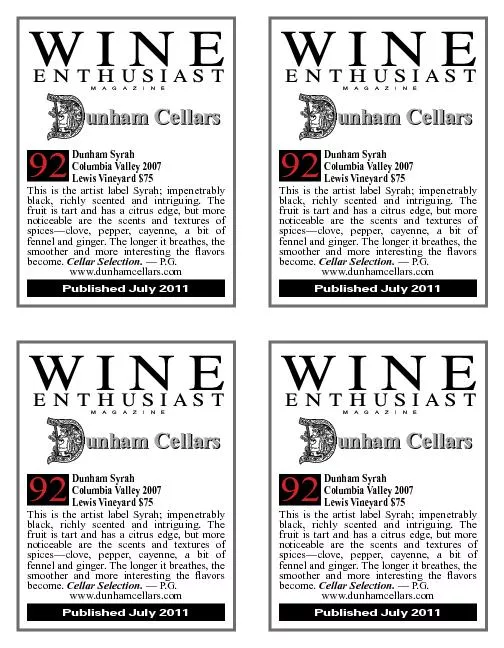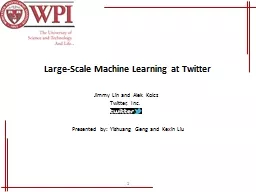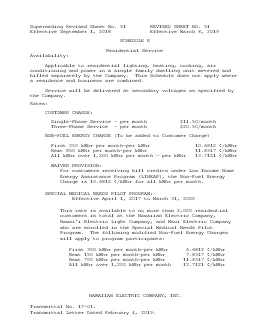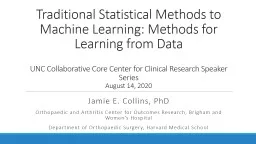PDF-Journal of Machine Learning Research Su bmitted Revised Published Learning From
Author : stefany-barnette | Published Date : 2014-11-16
Raykar VIKAS RAYKAR SIEMENS COM Shipeng Yu SHIPENG YU SIEMENS COM CAD and Knowledge Solutions IKM CKS Siemens Healthcare Malvern PA 19355 USA Linda H Zhao LZHAO
Presentation Embed Code
Download Presentation
Download Presentation The PPT/PDF document "Journal of Machine Learning Research ..." is the property of its rightful owner. Permission is granted to download and print the materials on this website for personal, non-commercial use only, and to display it on your personal computer provided you do not modify the materials and that you retain all copyright notices contained in the materials. By downloading content from our website, you accept the terms of this agreement.
Journal of Machine Learning Research Su bmitted Revised Published Learning From: Transcript
Download Rules Of Document
"Journal of Machine Learning Research Su bmitted Revised Published Learning From"The content belongs to its owner. You may download and print it for personal use, without modification, and keep all copyright notices. By downloading, you agree to these terms.
Related Documents

